India’s education system is often seen as a ladder to opportunity, but who gets to climb that ladder has always been contested. Since independence, reservation politics have played a defining role in shaping access to education, especially in government institutions.
From affirmative action to electoral bargaining chips, reservations have evolved from a social justice tool to a deeply political issue—reshaping Indian education in the process.
In this blog, we explore how reservation politics have influenced education, the arguments for and against it, and what the future may hold.
🏛️ A Quick History of Reservations in Education
Reservations in India began with Article 15(4) and Article 16(4) of the Constitution, which allowed the state to make special provisions for the advancement of:
Scheduled Castes (SCs)
Scheduled Tribes (STs)
Later, the Mandal Commission (1979) recommended 27% reservation for Other Backwards Classes (OBCs) in education and jobs, which was implemented in the 1990s. More recently, the 10% EWS (Economically Weaker Sections) quota was added in 2019 for upper castes falling below a certain income level.
Current Reservation in Education (Central Institutions):
SC – 15%
ST – 7.5%
OBC – 27%
EWS – 10%
PwD – 5% (horizontal reservation)
That means over 60% of seats in central universities like IITs, IIMs, and medical colleges are reserved under various categories.
📚 The Positive Impact of Reservations in Education
1. ✅ Access to Education for Marginalized Communities
Before reservation, higher education was largely inaccessible to lower castes, especially SCs and STs. Today, thanks to the reservation:
Enrollment among SC/ST students in universities has steadily increased
First-generation learners from rural and Dalit backgrounds have made it to IITs, AIIMS, and other top institutions
🎯 Reservation helped break the monopoly of privileged castes in education and created more representative campuses.
2. ✅ Upliftment Through Education
Education is the gateway to economic mobility. By enabling marginalised students to access prestigious colleges:
Families escape generational poverty
Students gain better jobs and social standing
A new aspirational middle class emerges
Example: Numerous success stories exist of IAS officers, doctors, and engineers from reserved categories who have uplifted entire communities.
3. ✅ Diversification of the Academic Space
Reservations have created more culturally diverse classrooms, giving students from all backgrounds exposure to India’s social reality.
This diversity also challenges stereotypes, improves empathy, and fosters a more inclusive academic environment.
⚠️ Challenges and Controversies
Despite its good intentions, reservations in education remain deeply contested, especially around merit, fairness, and efficiency.
1. ❌ Merit vs. Social Justice
Critics argue that reservation compromises merit by admitting students with lower cut-off scores into top institutions.
However, this assumes that merit is a level playing field, which it isn’t.
A student scoring 90% in a rural government school might have overcome far more hardship than one scoring 95% in a private urban school.
Still, the merit debate remains politically and socially sensitive.
2. ❌ Caste-Free or Caste-Blind?
Some argue that caste-based reservation entrenches caste consciousness, rather than removing it.
Many upper-caste critics claim:
They face reverse discrimination
Reservations should be based on economic criteria alone
However, studies show that caste continues to shape opportunity and discrimination, especially in rural India.
3. ❌ Creamy Layer Debate
The “creamy layer” refers to wealthier or more privileged members of the OBCs who still benefit from reservations.
This raises the question: Should reservations be for all castes within a category, or only for the most disadvantaged?
The creamy layer concept currently applies only to OBCs, not SCs/STs.
🗳️ Politics of Reservation
Reservation is not just a social reform—it’s a powerful political tool.
Parties frequently announce new quotas before elections
States like Tamil Nadu have 69% total reservation, bypassing the 50% ceiling using legal loopholes
Maratha, Jat, Patidar, and Kapu agitations for reservation have added complexity
🎯 Reservation policy often balances vote-bank politics, legal constraints, and public pressure.
🧠 Reservation vs. Reform: What Needs Fixing?
Instead of discarding reservations, many experts argue for improving how they are implemented:
1. 🎓 Better Support After Admission
Reserved category students often face:
Language barriers
Cultural alienation
Lack of mentorship
Discrimination from peers and faculty
Support systems like bridge courses, remedial classes, and peer mentorship can close performance gaps.
2. 📊 Data Transparency
Institutions should publish regular data on:
Admission cutoffs
Dropout rates
Performance indicators by category
This would help assess whether affirmative action is effective or needs rethinking.
3. 💡 Expand Access, Not Just Quotas
Reservations should be paired with:
Better primary education
Quality public schools in rural areas
Free coaching for competitive exams
That way, marginalised students enter higher education better prepared, regardless of their category.
🔮 The Future of Reservations in Indian Education
The debate over reservations will likely continue, especially with EWS quotas and legal caps under the spotlight. But some trends are clear:
The Supreme Court has begun recognising economic criteria as a valid basis (e.g., 103rd Constitutional Amendment)
Reservation in private institutions (especially aided ones) is increasing
There’s growing demand for sub-quotas within OBCs for more backwards groups (like MBCs or DNTs)
In the digital age, access to quality education—not just quotas—will be the next frontier.
✅ Final Thoughts: Beyond Numbers, Toward Equity
Reservation politics has undeniably changed the face of Indian education, opening doors that were once firmly shut for millions. But the conversation must now evolve beyond binary debates.
The goal is not just equal entry—but equal opportunity to succeed once inside.
A future-ready education system will combine:
Reservation for equity
Reform for quality
Support for inclusion
And accountability for fairness
As voters, citizens, and students, we must ask: Are we creating a system where every Indian child—regardless of caste or class—can thrive?
Only then can we say the reservation has fulfilled its true purpose.
📌 Related Posts
“How the Election Commission of India Maintains Credibility”




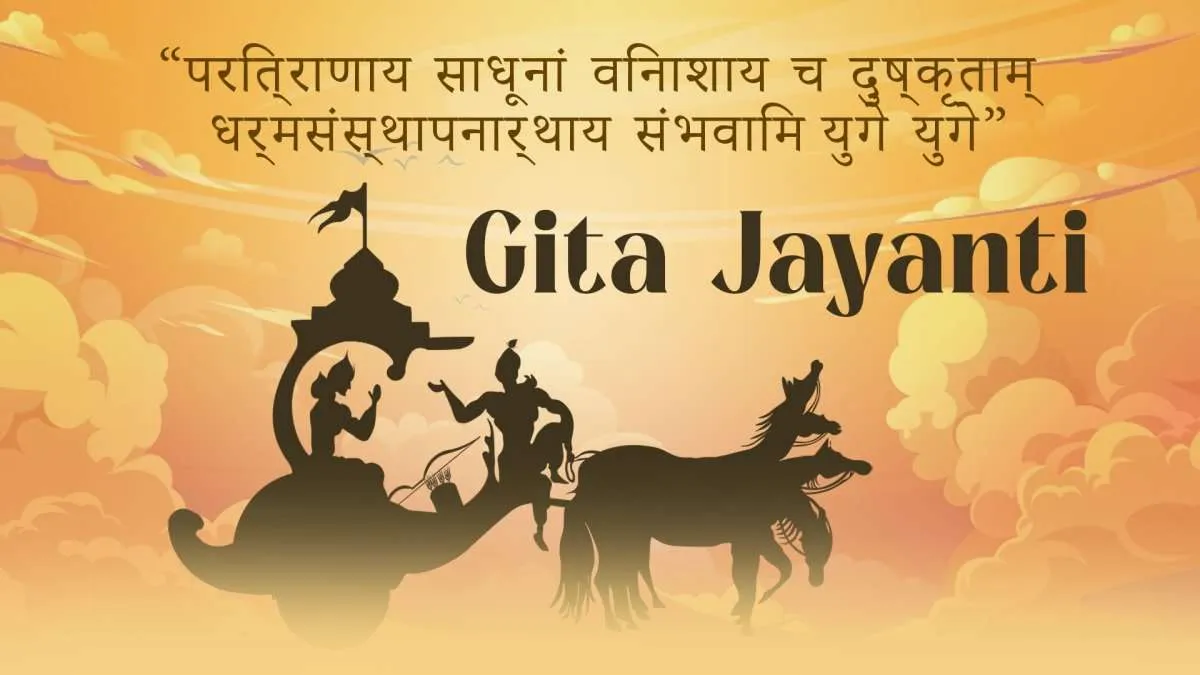
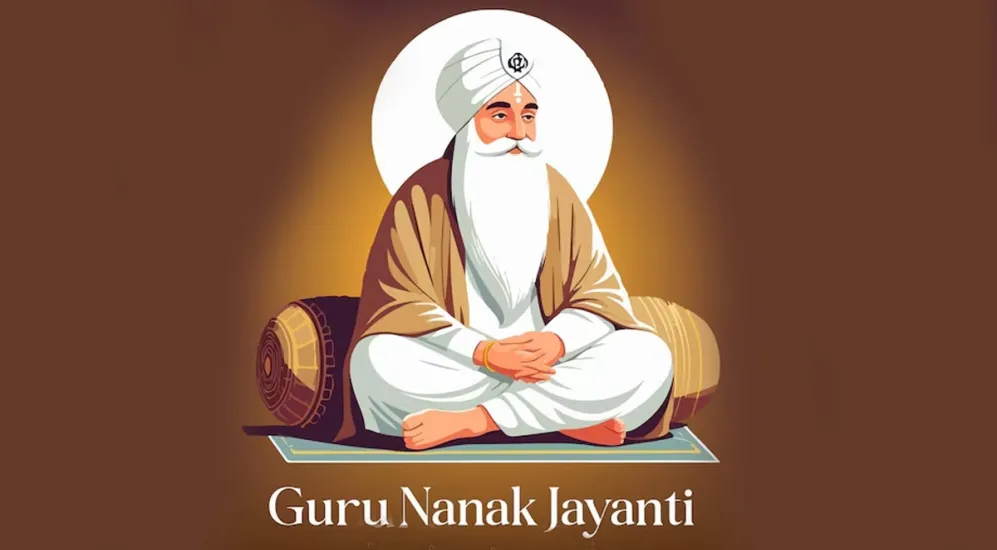
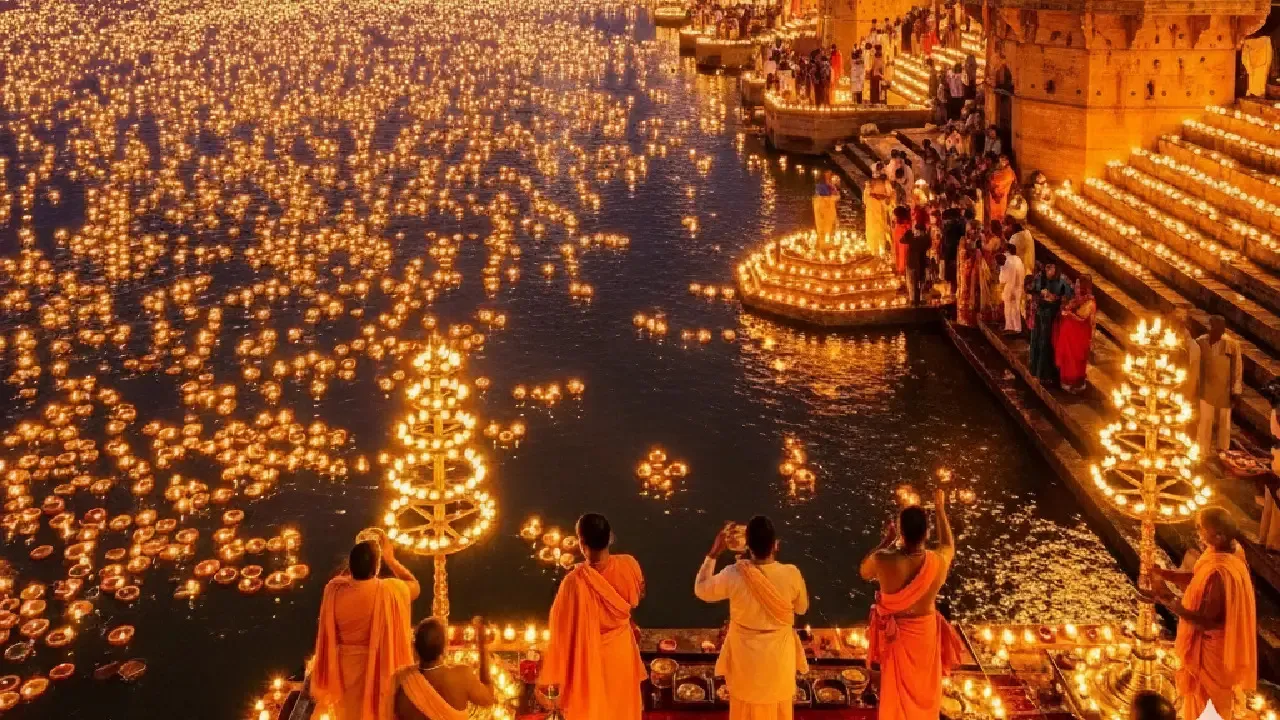

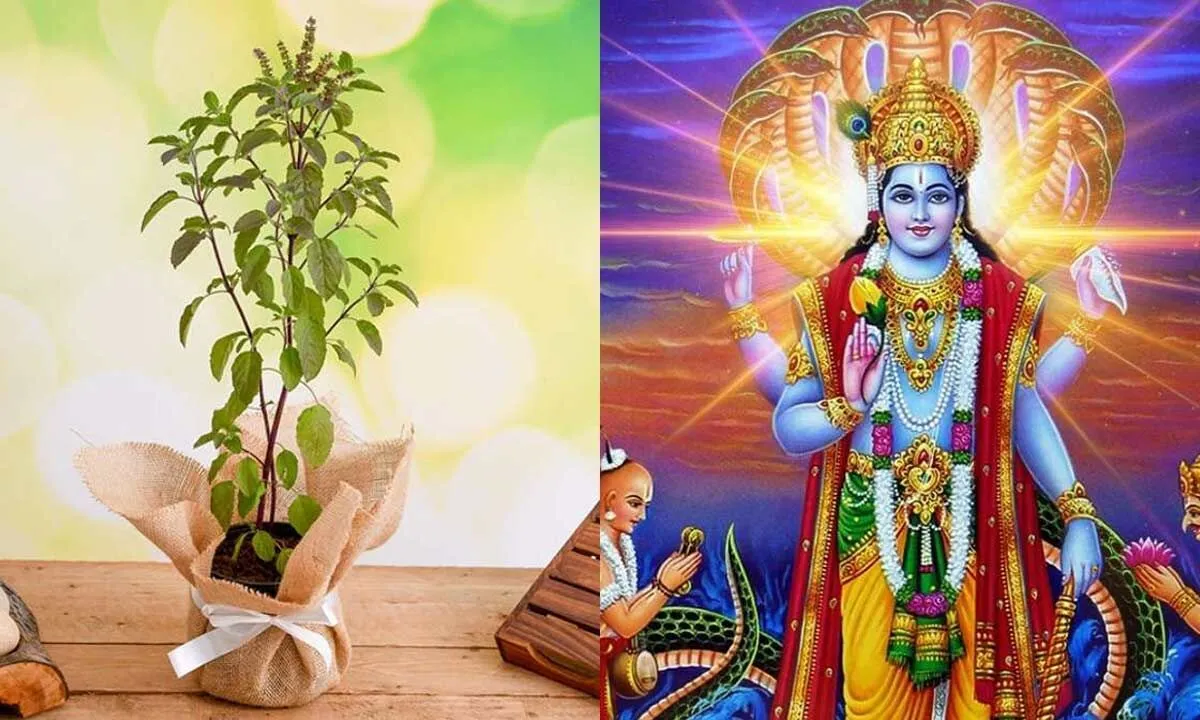

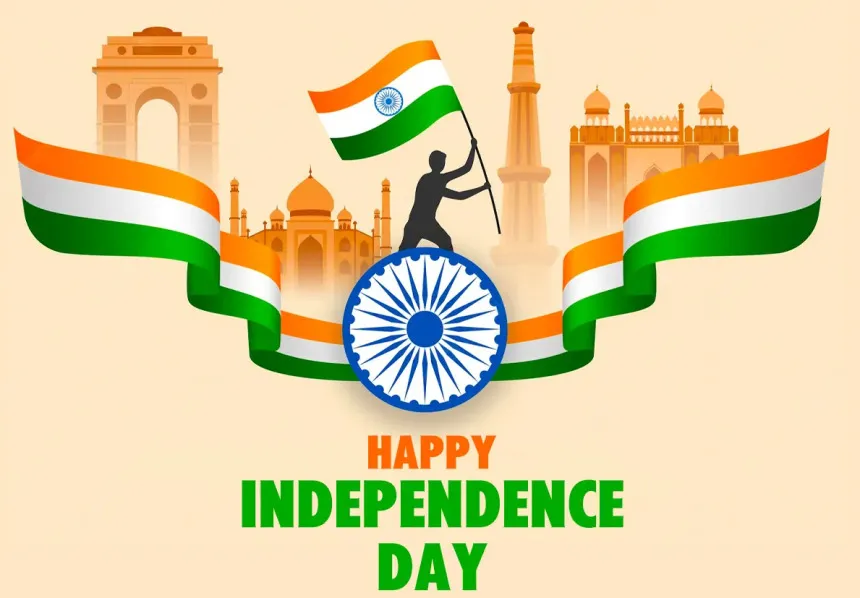

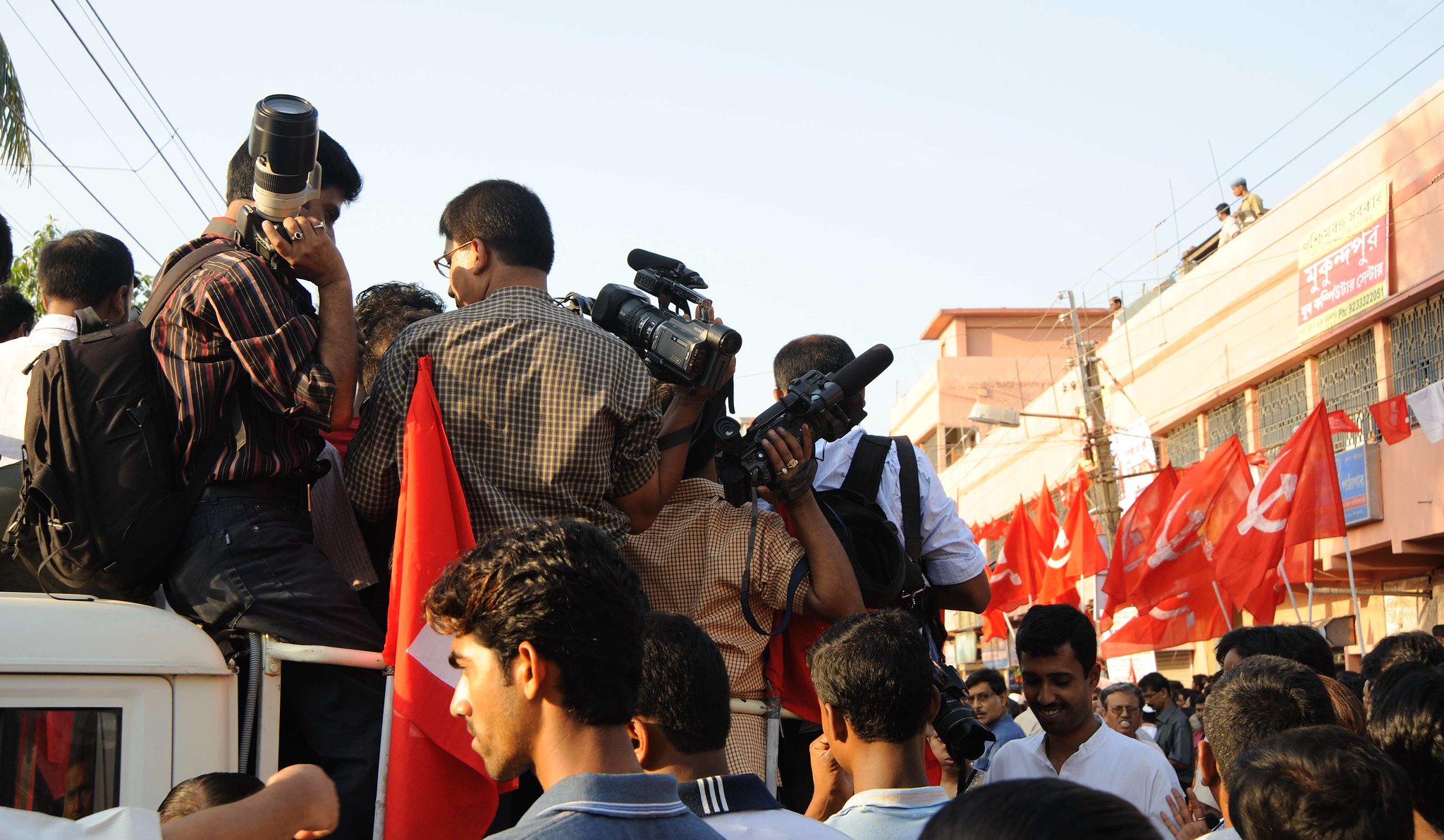
Recent Comments
No comments yet.